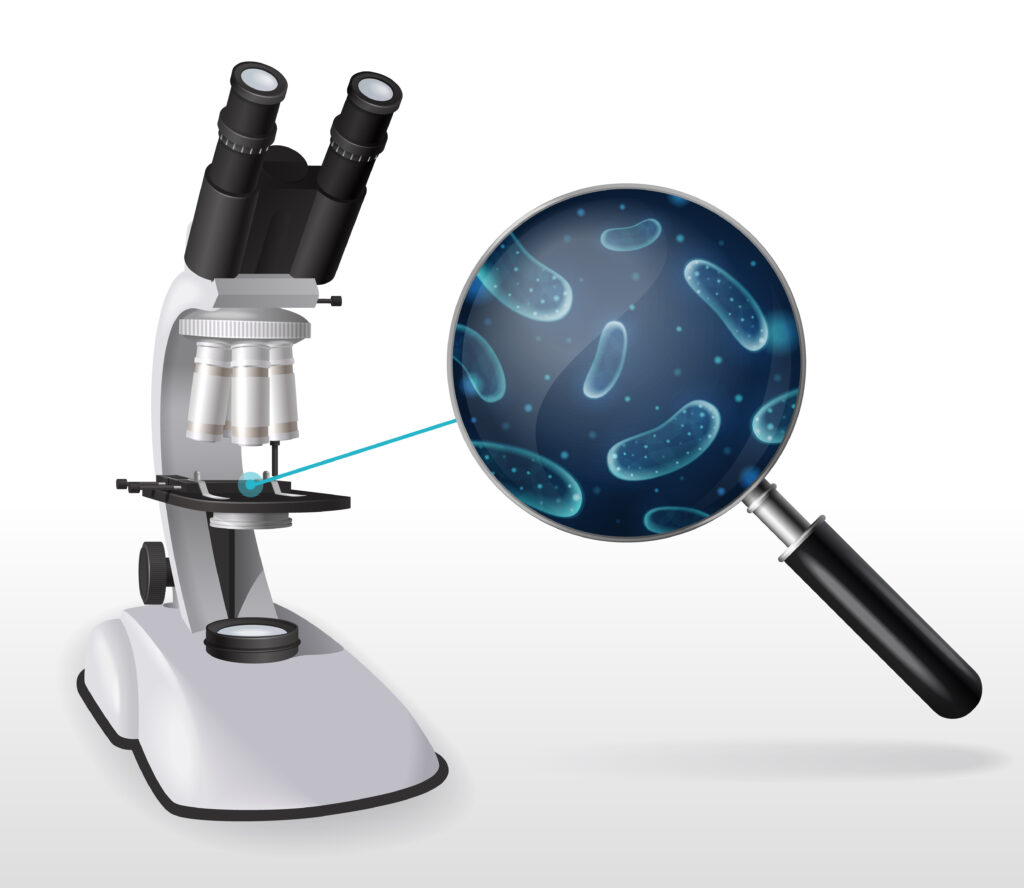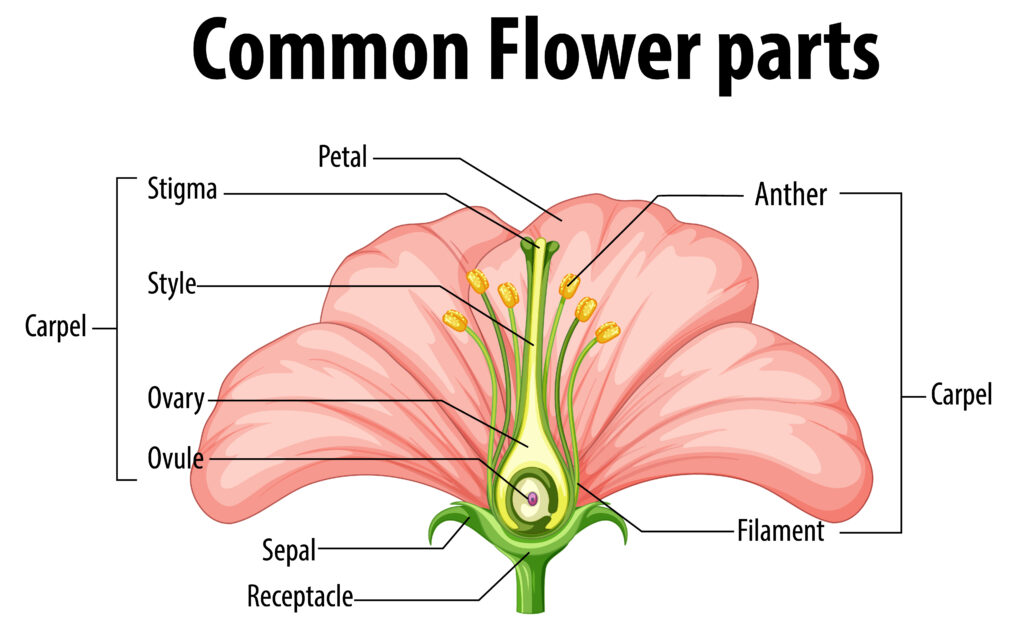Reproduction in Animals
Discover the fascinating world of animal reproduction through interactive experiments. Learn about asexual reproduction in simple organisms and study the life cycles of frogs and mosquitoes.
Help & Instructions
▼- Asexual Reproduction: Observe how Hydra and Amoeba reproduce without mating
- Life Cycle Study: Explore the developmental stages of frogs and mosquitoes
- Use the magnification slider to adjust your view of microorganisms
- Click on different life cycle stages to learn more about them
- Understand different modes of asexual reproduction
- Identify the stages in frog and mosquito life cycles
- Compare and contrast sexual and asexual reproduction
- Learn about metamorphosis in animals
Asexual Reproduction: Hydra and Amoeba
Observe how simple organisms reproduce without mating through various asexual methods.
Life Cycle Study: Frog and Mosquito
Explore the complete life cycles of frogs and mosquitoes from egg to adult.
Reproduction is a fundamental biological process that ensures the continuation of species. Animals reproduce through either sexual or asexual methods. Asexual reproduction involves a single parent and produces genetically identical offspring, while sexual reproduction involves two parents and results in genetic variation.
The Biology of Reproduction
Simple organisms use various asexual reproduction methods:
- Budding: A new individual develops as an outgrowth from the parent (e.g., Hydra)
- Binary Fission: The parent cell divides into two identical daughter cells (e.g., Amoeba)
- Fragmentation: The parent breaks into pieces, each growing into a new individual
- Regeneration: Lost body parts can regrow into complete organisms
Frogs undergo complete metamorphosis with four distinct stages:
- Egg: Fertilized eggs laid in water in jelly-like masses
- Tadpole: Aquatic larval stage with gills and tail
- Froglet: Transition stage developing legs and lungs
- Adult Frog: Fully developed terrestrial amphibian
Mosquitoes also undergo complete metamorphosis with four stages:
- Egg: Laid on water surface in rafts
- Larva: Aquatic "wriggler" stage that molts several times
- Pupa: Non-feeding stage where metamorphosis occurs
- Adult: Flying insect that seeks blood meals for egg production



